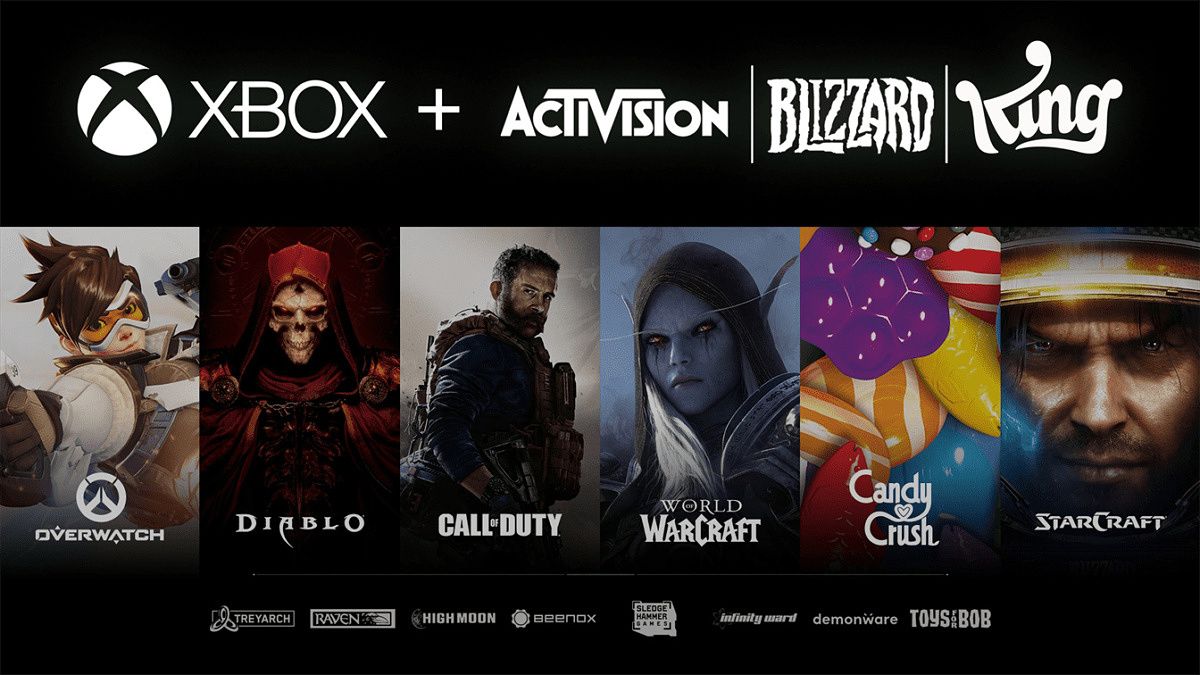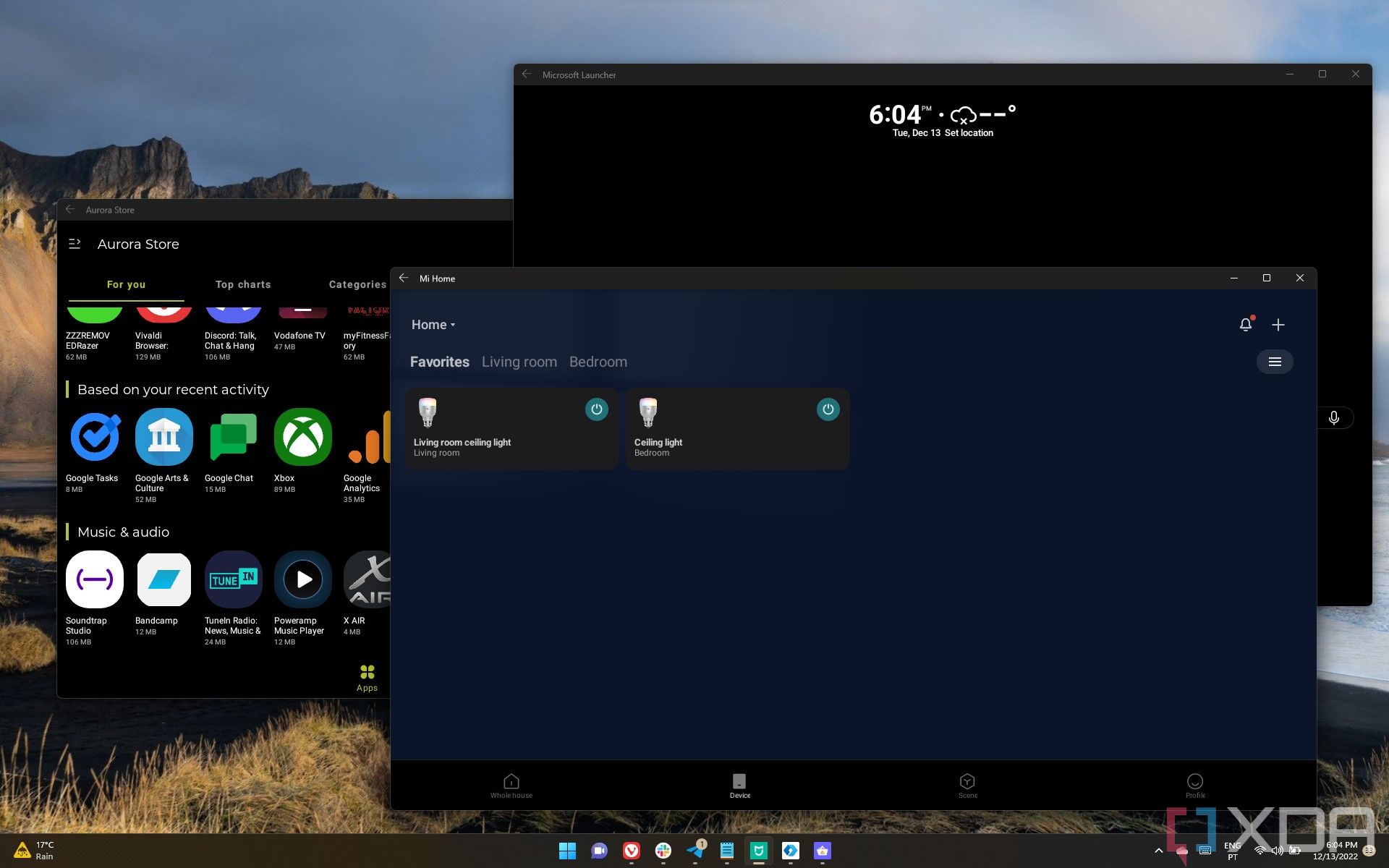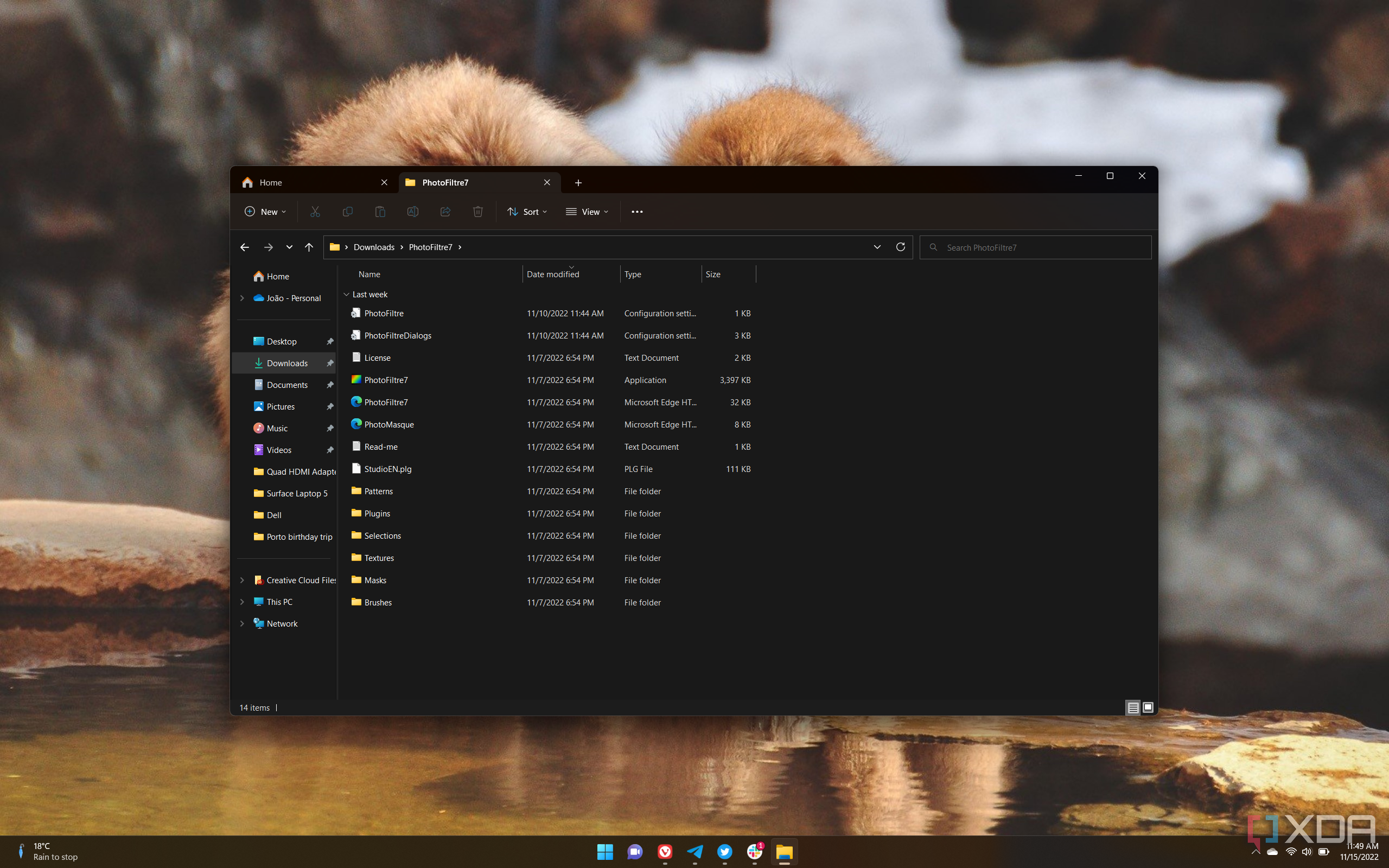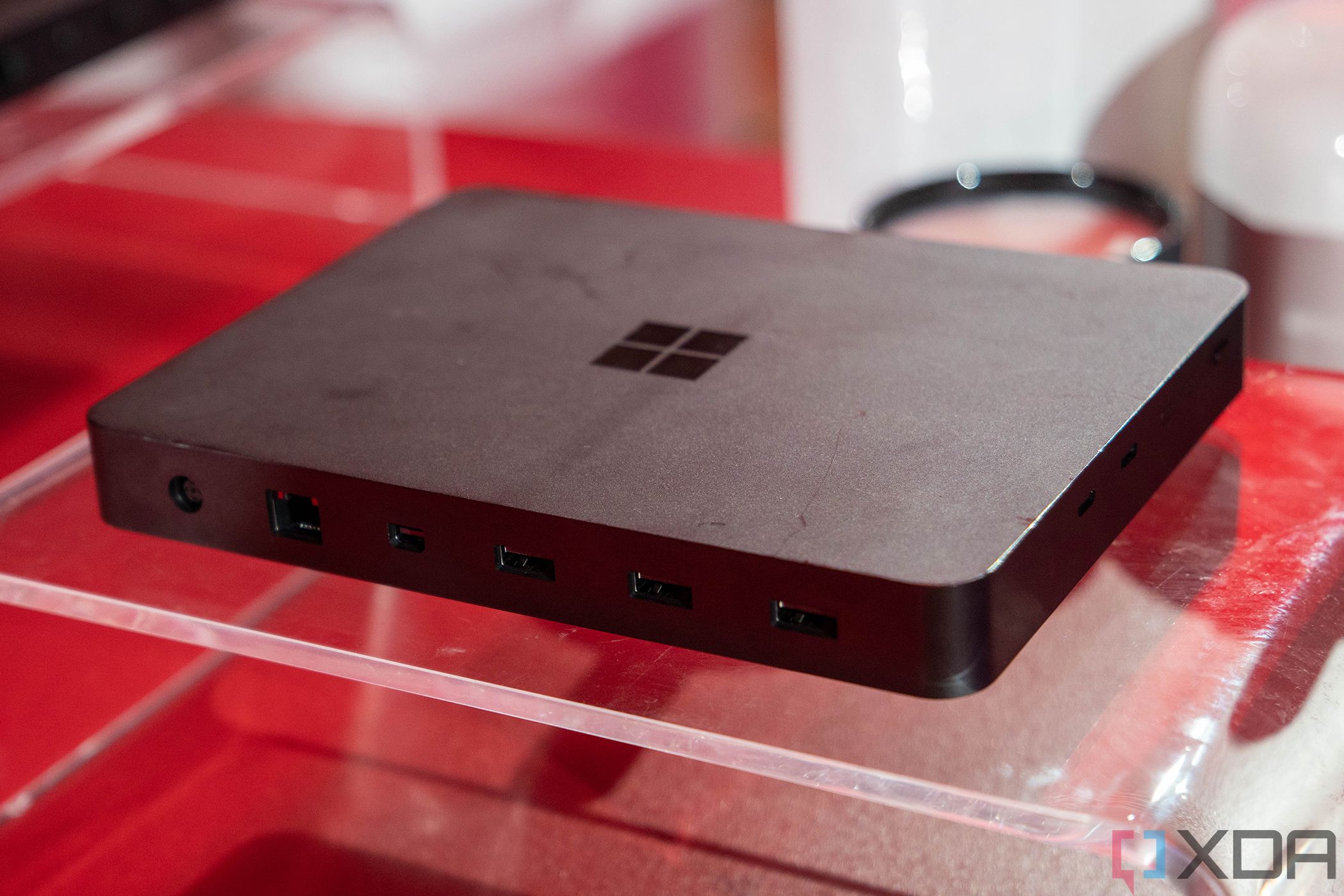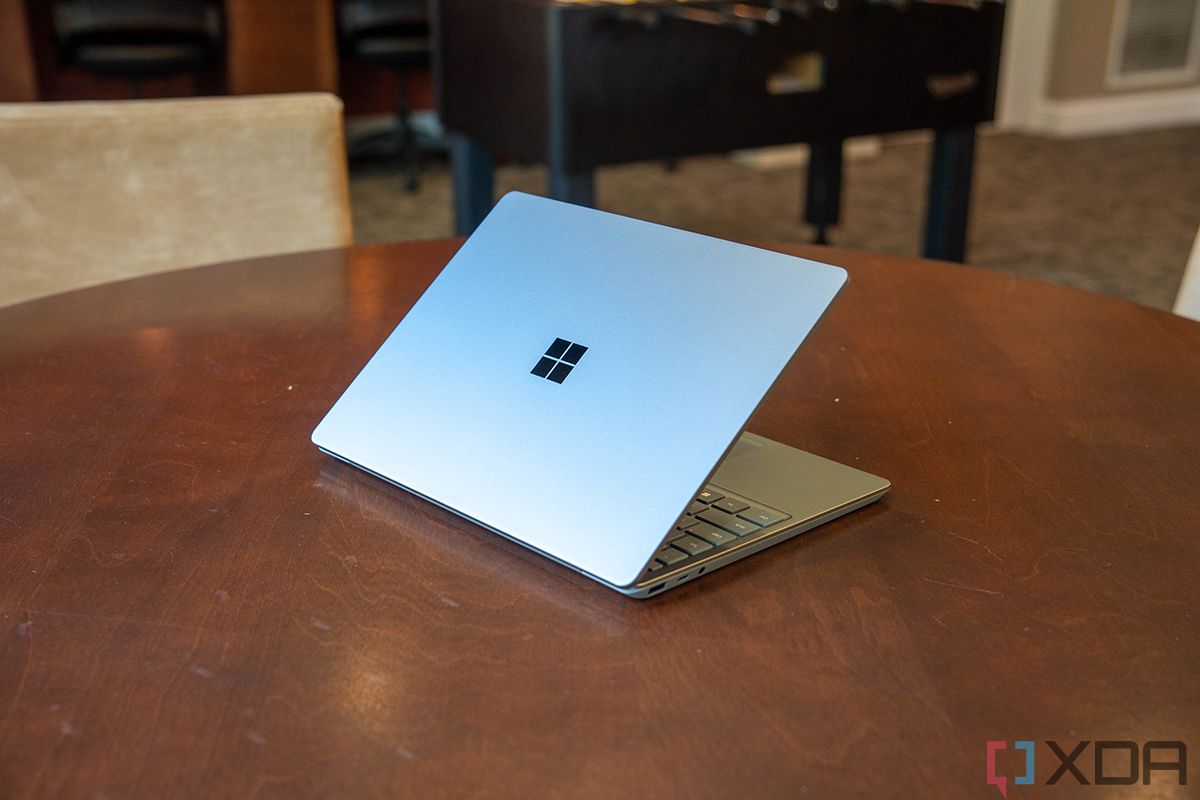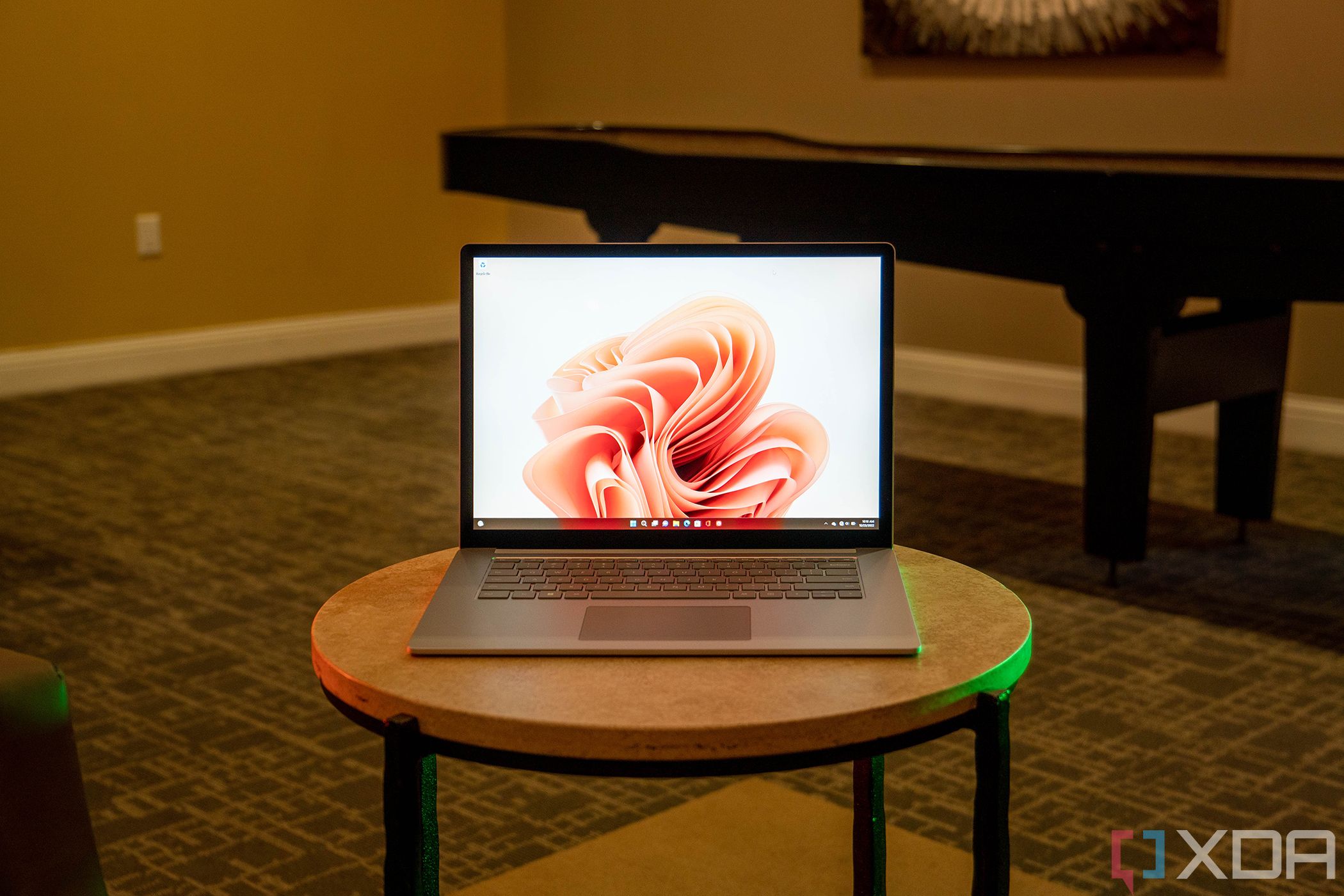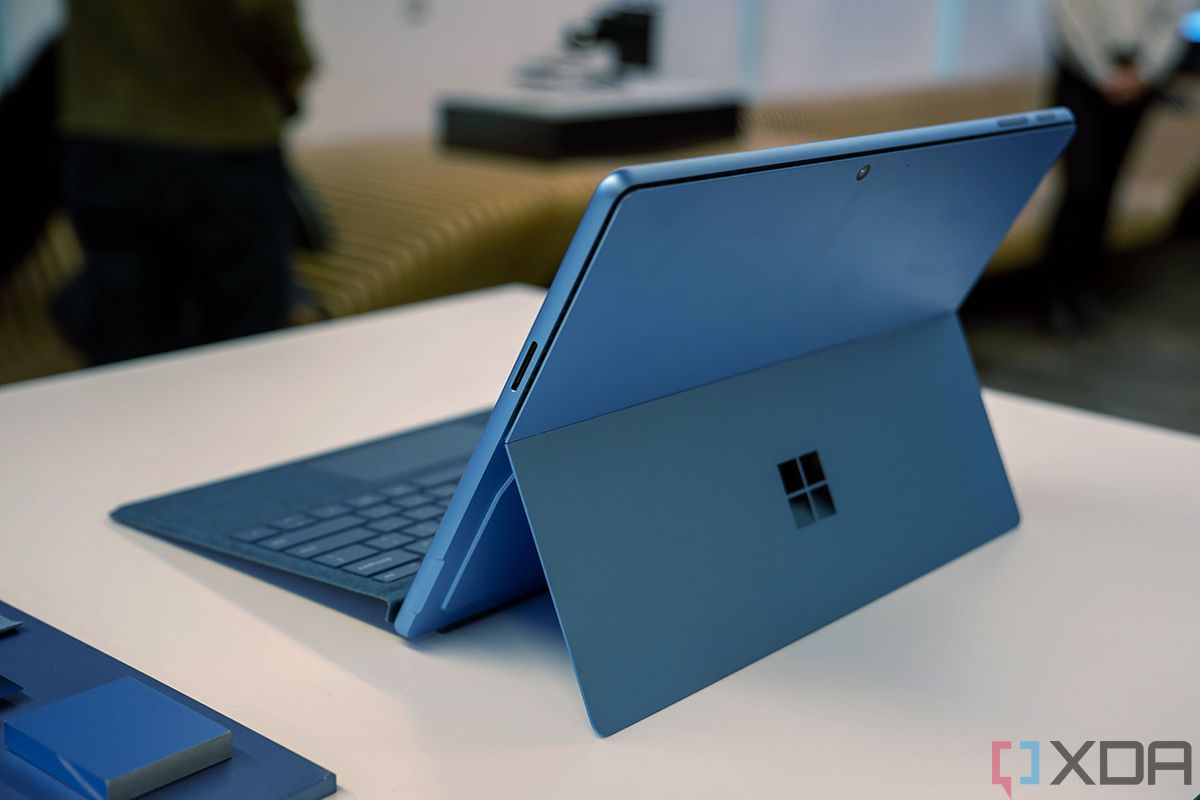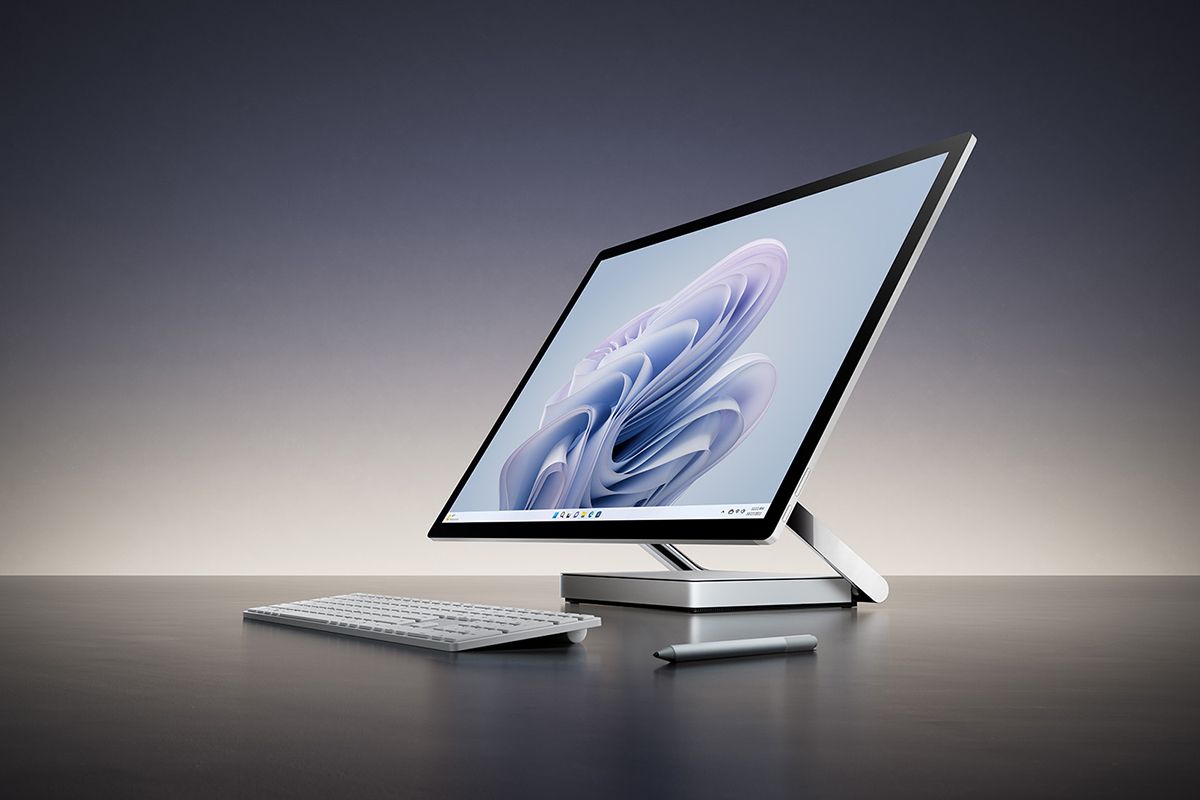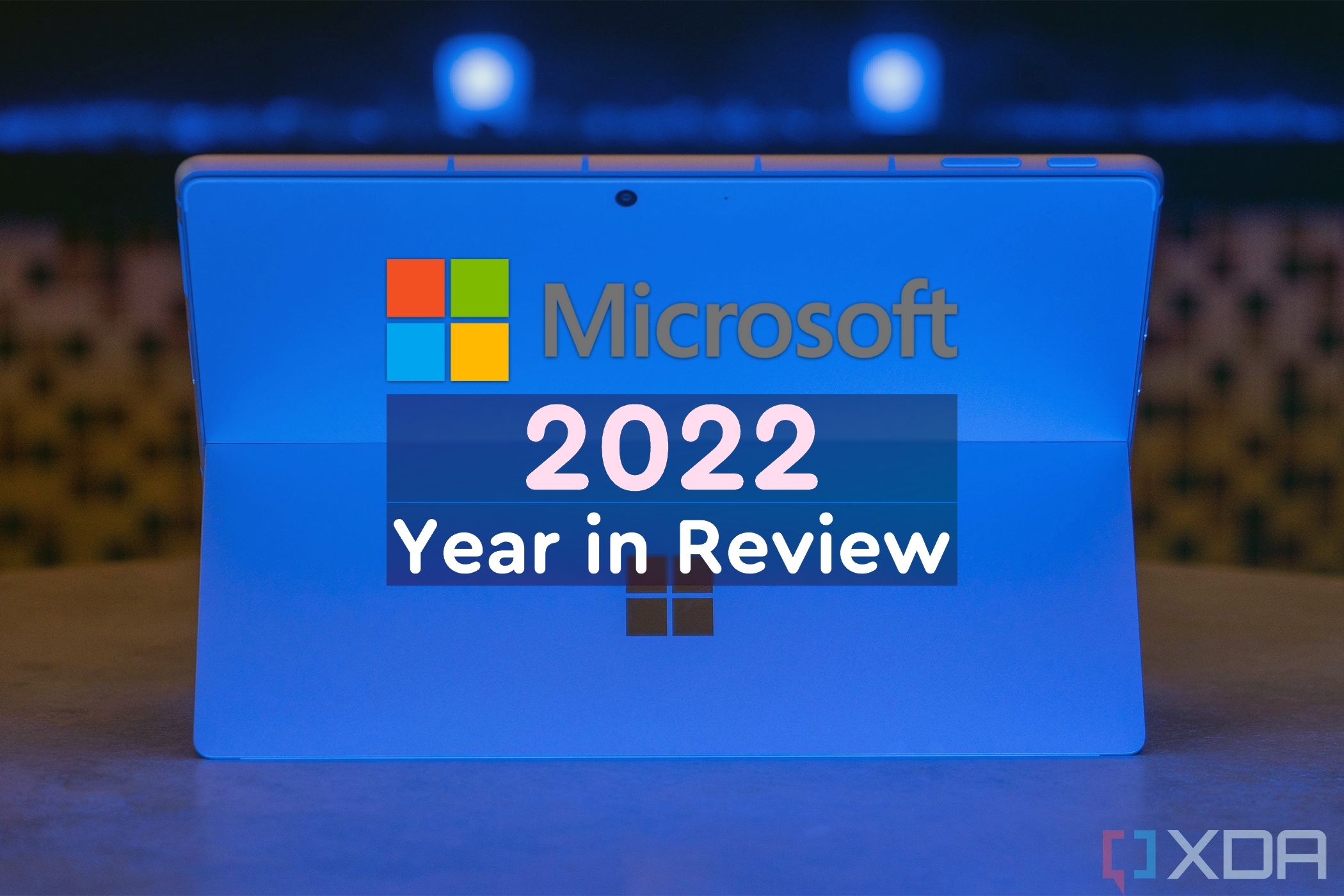
Boring hardware upgrades, big new software, and a huge acquisition
It’s almost hard to believe, but we’re already nearing the end of yet another year, and 2022 was certainly been an eventful one for Microsoft. As Windows 11 made its way to more devices around the world, bringing a fresh new look and experience to users, Microsoft had a lot more to announce. Whether that’s hardware in the form of new Surface devices, big Windows 11 updates, or the biggest acquisition of a gaming company ever, Microsoft delivered a lot — and fell short in a few ways, too.
With the year coming to an end, it’s a good time to look back at all the major events and announcements Microsoft presented us with as we prepare for the year ahead.
The $70 billion Activision purchase
Microsoft started the year off with one of the biggest bombshells you could possibly expect. We were only in mid-January when Microsoft announced its bid to acquire video game developer and publisher Activision Blizzard for a whopping $68.7 billion. This huge announcement represents the biggest acquisition ever in the gaming industry, a record that Microsoft itself had broken not that long ago with its acquisition of ZeniMax Media. It’s also the biggest acquisition ever for Microsoft as a whole by a landslide (second place goes to GitHub, which Microsoft purchased for $26.2 billion back in 2016).
If the purchase is finalized, some of gaming’s most iconic franchises will fall under Microsoft’s wing, including the Call of Duty series, Diablo, Overwatch, and the mobile games developed and published by King, which includes Candy Crush Saga. Microsoft wants to expand into mobile gaming, which is an increasingly large portion of the video game industry, and this acquisition is also meant to help with that, in addition to bolstering its Xbox platform. Interestingly enough, the deal could also benefit Nintendo fans, with Microsoft promising to bring the Call of Duty franchise to both Sony and Nintendo platforms for the next 10 years.
The deal to acquire Activision Blizzard has faced some legal challenges, and it’s being reviewed by regulators in the U.K. and the U.S. Most recently, the Federal Trade Commission in the US announced it would file a suit to stop the acquisition from happening, though both Microsoft and Activision Blizzard remain confident that the deal will go through. It has yet to happen, but the announcement alone caused such a shockwave. And it was just the start of the year!
Android apps on Windows 11
The next big event for Microsoft was the launch of the Windows Subsystem for Android. Indeed, a feature that was initially promised for Windows 10 near the beginning of its existence is finally here with Windows 11: the ability to run Android apps on your Windows PC.
The Windows Subsystem for Android launched through a partnership with the Amazon Appstore, initially bringing around 1,000 apps to U.S. users. Since then, however, it has expanded significantly, with Microsoft now touting over 50,000 apps available through the Amazon Appstore on Windows 11, and you can get them in 31 countries. And if the apps on the Amazon Appstore aren’t enough, more savvy users can sideload almost any app they want so long as Google services aren’t required.
Microsoft has kept delivering improvements to the Android experience throughout the year, too. Controls for touch-based games are better, camera quality has improved, and even Android 13 is on the way soon. It’s easier than ever to play your Android games on your PC or to develop and test Android apps on Windows.
Windows 11 version 22H2, or the 2022 Update
That’s not all the news for Windows 11 users. After the big launch in October 2021, Microsoft began working on the next big Windows 11 update, officially called the Windows 11 2022 Update, or Windows 11 version 22H2. As the first major update for Windows 11, it packs many changes, with more being rolled out with smaller subsequent updates.
One of the most anticipated changes with this update was the addition of tabs in File Explorer, which Microsoft first announced in April after experimenting with the idea for a few years with Windows 10. Tabs make File Explorer work much like a web browser, so it becomes that much easier to manage your files without having to open multiple windows and manage them all. This is one of the features that rolled out with a smaller update in October, but it’s a huge one all the same.
And there’s more. The Start menu now has folders, you can change the size of the pinned and recommended areas, and the Task Manager has been completely redesigned. Microsoft also introduced a new Photos app shortly after, with a complete redesign and integration with iCloud Photos.
Microsoft even made some huge improvements to tablet use. Now, you can use swipe gestures to open or close the Start menu and navigate it. Similarly, the notifications and Quick Settings panels can be opened with swipe gestures, too. And when you’re using full-screen apps, there’s a new grabber, which helps prevent accidental swipes. Windows 11 tablets are just a lot better now.
The year when Arm devices got taken seriously
While it’s not a single event, 2022 is also the year when Microsoft finally realized the importance of Arm-based devices, no doubt thanks to the booming success of Apple Silicon Macs. During its Build event, Microsoft announced its plans to offer a full developer toolchain for Arm users, including native support for Visual Studio, Windows Terminal, and more. And, of course, with most Android apps being designed for Arm, they should actually run better on Arm devices, too.
Part of this push for Arm is Project Volterra, officially known as the Windows Dev Kit 2023. This is an Arm-powered development machine meant to use all the developer tools that now support Arm. It makes it easier than ever to develop and test your Windows apps designed for Arm using a single device, hopefully resulting in many more Arm apps making their way to users in the near future. Microsoft itself updated many built-in Windows 11 apps to support Arm natively, like the Camera app, Notepad, and the Microsoft Store.
And of course, 2022 is the year we finally got Windows PCs with a much faster Arm processor, the Qualcomm Snapdragon 8cx Gen 3. Not many devices used it, but in addition to Project Volterra, we had the Lenovo ThinkPad 13s and Microsoft’s own Surface Pro 9 with 5G, which are finally starting to deliver on everything Microsoft promised with Arm support. The best is yet to come, but 2022 certainly feels like a turning point for Windows on Arm devices.
Surface Laptop Go 2: A very welcome upgrade
Speaking of devices, it’s time to talk about Microsoft’s Surface products for 2022, which were generally underwhelming but featured good upgrades nonetheless. First, we got the Surface Laptop Go 2 in June, and it’s a much-needed refresh for Microsoft’s budget laptop.
This model didn’t really change a lot from its predecessor, but the changes it does have are very welcome. Most notably, we’ve gone from an Intel Core i5-1035G1 to a Core i5-1135G7, which is a huge upgrade. Intel’s 11th-generation processors deliver some big performance improvements on the CPU side, but even bigger improvements on the GPU side with Intel Iris Xe graphics. The original model was fine for school use, but the new one is legitimately good for the price.
This model also came with a slightly improved 720p webcam and a new color, Sage, which we would see again later in the year with the Surface Laptop 5. It’s not rocking the world, but the Surface Laptop Go 2 is a “delightful entry-level laptop,” as we said in our review.
Surface Laptop 5: A boring but necessary refresh
Towards the end of the year, Microsoft also delivered its annual fall hardware event, and with it came the Surface Laptop 5. This is another device that does the bare minimum to be a worthy upgrade, but sometimes the bare minimum is just enough.
There is one major change with the Surface Laptop 5 compared to its predecessor, and it’s in the specs. The previous two models were offered in both AMD and Intel variants, but now, AMD has been removed from the lineup entirely, and all we get are 12th-generation Intel processors. They still offer a welcome performance upgrade, and Microsoft was smart enough to stick with 15W U-series processors instead of the more power-hungry P series, which many companies didn’t do.
Not much else changed in the specs, but the one thing that needed to change did; the USB Type-C port now supports Thunderbolt 4, meaning you can connect a docking station, monitor, or an external GPU to the laptop to greatly increase its capabilities. Microsoft first brought Thunderbolt to its devices with the Surface Pro 9 and Laptop Studio, but this is the first mainstream laptop to feature support. Now, it’s easier than ever to connect this laptop to a work setup at a desk and disconnect it when you’re ready to leave.
However, a lot of things that should have been upgraded weren’t. The design and display are the same we’ve been seeing for the last two generations (and, to some extent, since the first iteration), and the webcam is still only 720p.
Similar to the Surface Laptop Go 2, the 13-5-inch Surface Laptop 5 also came in a new Sage color, which replaced Ice Blue. This new color lacks the Alcantara wrist rest, so Platinum is now the only color option that offers it.
Surface Pro 9: The Surface Pro finally gets colors
Along with the Surface Laptop 5, Microsoft also introduced the Surface Pro 9. This is a big one. On the inside, it’s mostly the same as before but with upgraded Intel 12th-generation processors. This delivers a notable performance boost, of course, which we won’t complain about.
But the big news with this year’s model was the introduction of color. Since its inception in 2012, the Surface Pro series has mostly only featured one color at a time. The first model was black, and then we got Platinum, which became the standard for years, until we finally got Matte Black/Graphite models again starting with the Surface Pro 6. But in 2022, we finally got real colors for the line. In addition to Platinum and Graphite, the Surface Pro 9 comes in a stunning Sapphire and an almost equally beautiful Forest colorway. These colors are actually much more vibrant than even the Surface Laptop series, and they look fantastic. And, of course, there are colored keyboards to match.
There are some downsides with this new model, however, most notably the removal of the headphone jack. The Surface Pro 9 has two Thunderbolt 4 ports and Surface Connect, but that’s about it. Still, the colors alone make it a very exciting device.
Surface Pro 9 with 5G: A truly great Windows Arm tablet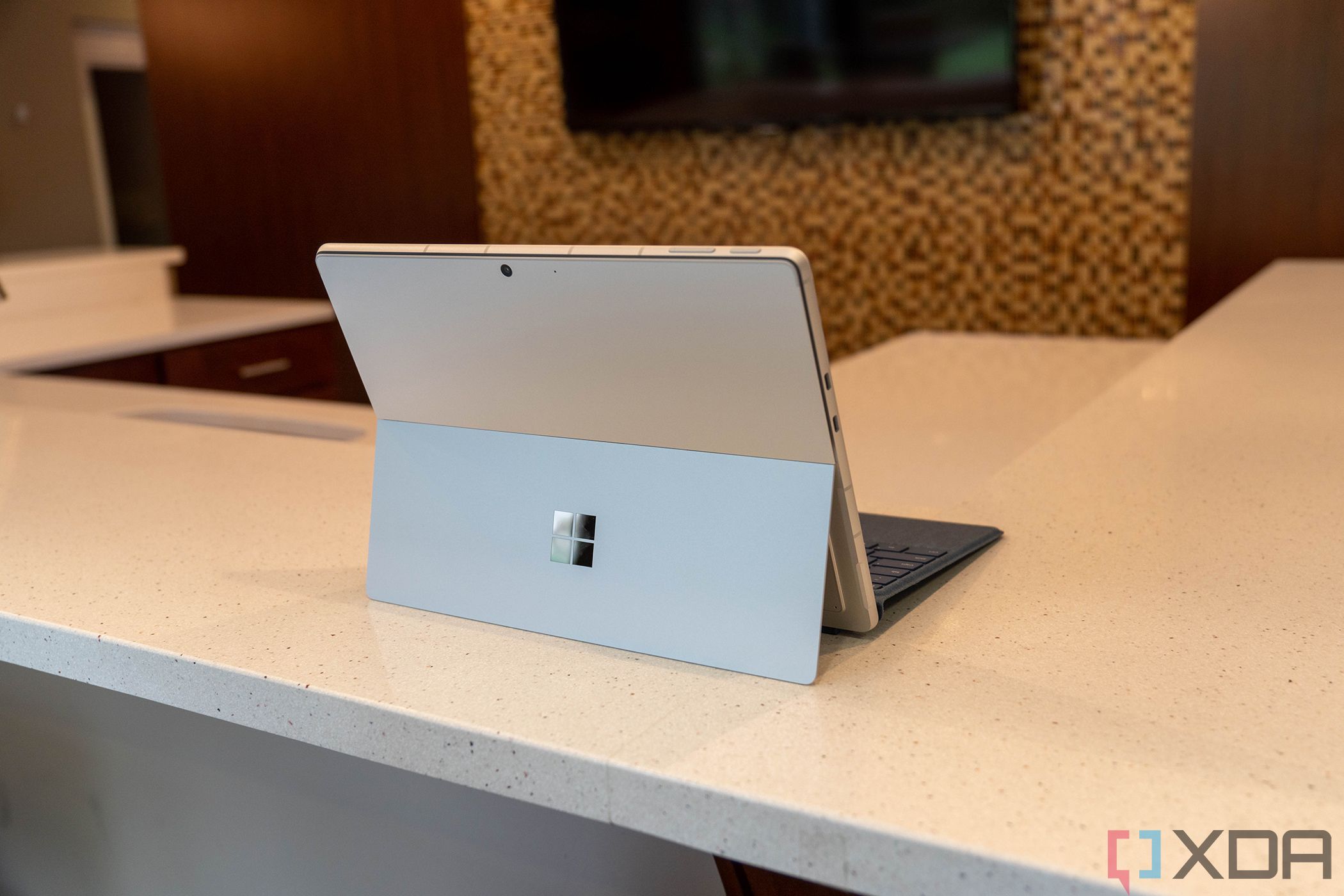
In addition to the software improvements for Arm devices, Microsoft also delivered some big hardware improvements to its Arm-based tablets. The Surface Pro X has finally grown up and become the Surface Pro 9 with 5G, a sign from Microsoft that Arm is finally ready to be considered part of the main Surface Pro series.
The Surface Pro 9 with 5G is powered by the Microsoft SQ3 processor, a tweaked version of the Qualcomm Snapdragon 8cx Gen 3, and it brings a lot more performance to the table compared to its predecessors. It’s also the first Surface device to support 5G instead of just LTE, so it should be more future-proof when it comes to connectivity.
But there’s more. Microsoft put this hardware in the same chassis as the regular Surface Pro 9, which means it’s slightly thicker now, and it also has a bigger battery. Thanks to that, the Surface Pro 9 with 5G is the first device that really delivers on the promise of all-day battery life with Windows on Arm. That’s a big factor in portability, and it’s great to finally see Microsoft deliver on it. Paired with always-on connectivity, this is a great device for working on the go.
We reviewed the Surface Pro 9 and found it to be the best Windows on Arm has ever been. It gives us hope for the future.
Surface Studio 2 Plus: The ‘why?’ moment of the year
Alongside all of these great devices, Microsoft introduced one of its oddest products in a long time, the Surface Studio 2 Plus. This is an upgrade to the four-year-old Surface Studio 2, and given that age, you might think it’s a big one. In reality, this was a very underwhelming announcement with some questionable decisions.
For one thing, the Surface Studio 2 Plus barely changed the design of the product. The original Surface Studio 2 still looks very modern, but it has large bezels that some would consider unsightly today. That being said, Microsoft did make changes to the ports, adding three Thunderbolt 4 ports to the back to replace some of the Type-A ports in the Surface Studio 2.
The specs were also upgraded, but not as much as you might think. We get 35W 11th-generation processors, which are outdated and have a lower power rating than the ones on the previous model. Microsoft also upgraded to an Nvidia GeForce RTX 3060 Laptop GPU, which delivers significantly better graphics performance. Performance is improved, but it’s still behind most premium all-in-one PCs in 2022.
What’s truly baffling about all this is that without major design changes and outdated specs, Microsoft is still charging $4,500 for this device if you want the full experience. There’s only one configuration available this time, so you don’t have the option to spend less. The target audience for this product seems to be minuscule, and we have to wonder why Microsoft even bothered releasing it.
Microsoft Designer makes design easier than ever
Another one of the major announcements Microsoft made towards the end of the year was Microsoft Designer. This new design tool leverages the power of AI to make it easier than ever to start designing appealing images to share anywhere.
With Designer, social media managers can start with a simple text-based prompt to create the image they want. Using AI, Microsoft can instantly create images featuring the elements you want, like a picture of a cake or a scenic view. Designer also lets you add text or your own images to be used in the final design, creating richer and more visually appealing designs. Microsoft Designer is still in preview, but it should launch fully in 2023.
Alongside this, there’s also Microsoft Create, which is a portal for all of Microsoft’s design apps. Here, you can find templates and design ideas for all kinds of Microsoft apps, including PowerPoint, Clipchamp, Forms, and eventually, Designer.
Microsoft also launched the Image Generator in Bing, which also uses AI (specifically, DALL-E 2) to create images based on text input from users. It’s all about making things as easy as possible for content creators and social media managers, and Microsoft’s efforts in this space grew significantly in 2022.
All in all, Microsoft had quite a busy year in 2022, and while it’s not the most exciting in every way, there was still some huge news. The Activision Blizzard purchase is still one of the biggest stories in the tech world right now, and we’ll probably be hearing more about it well into 2023. We also saw real efforts to make Windows on Arm relevant, which was long overdue. And while some of Microsoft’s devices were somewhat boring and predictable, they were still welcome upgrades. The exception, of course, is the Surface Studio 2 Plus, whose existence is nothing short of questionable.
Still, there were some very exciting news this year, and it’s fair to say we’ll be seeing the results of some of these announcements in 2023 and years to come.

